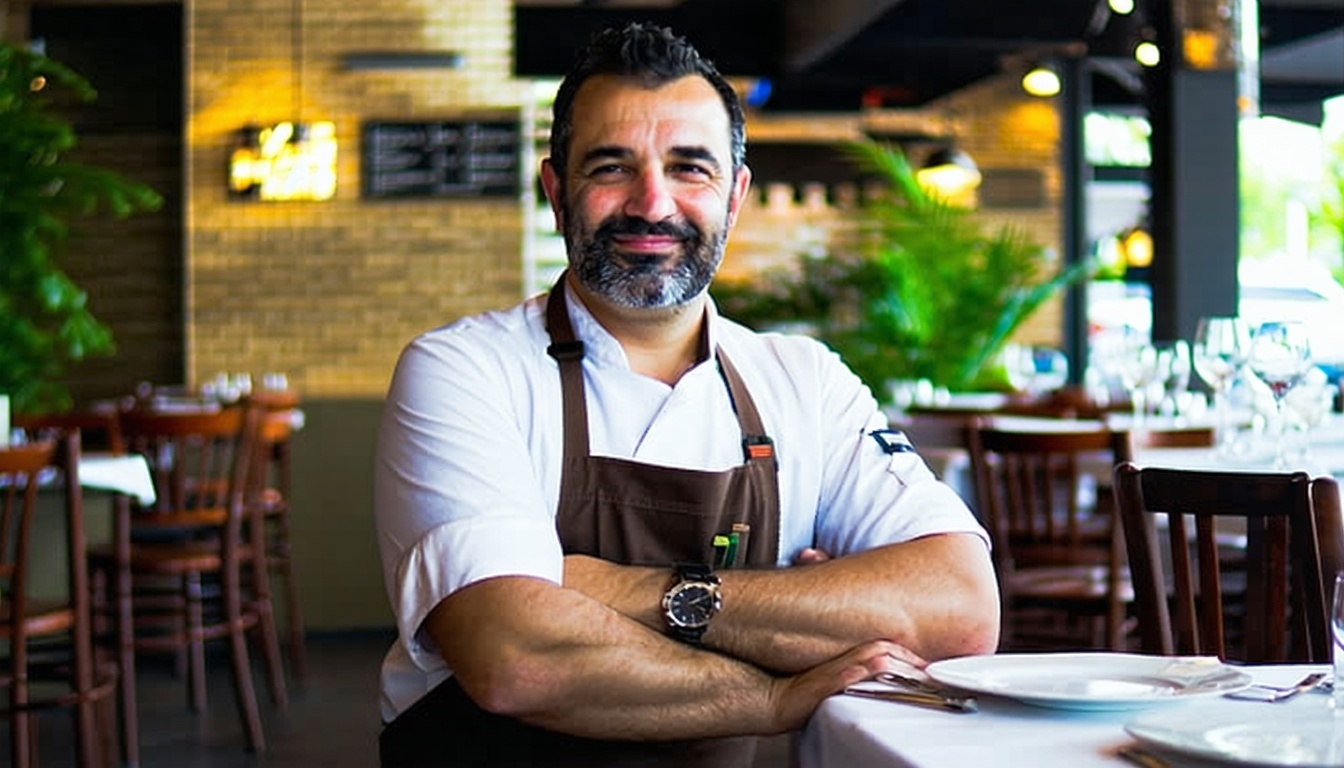How Restaurants Can Finance New Equipment and Kitchen Upgrades
Running a successful restaurant takes more than great food—it requires reliable equipment, efficient kitchen design, and updated technology to keep up with industry trends. Whether you're opening a new location or replacing outdated appliances, the cost of kitchen upgrades can be overwhelming. The good news? There are several smart ways for restaurants to finance new equipment and kitchen upgrades without draining cash flow.
If you’re wondering how to fund that walk-in freezer, commercial range, or kitchen renovation, this guide walks you through your best financing options.
Why Upgrading Kitchen Equipment Matters
Restaurant equipment directly impacts efficiency, food quality, and health code compliance. Outdated or malfunctioning tools slow down service and lead to costly downtime or safety risks. Upgrading your kitchen can:
-
Increase speed and consistency during peak hours
-
Reduce energy and maintenance costs
-
Improve staff workflow and morale
-
Keep you competitive in a fast-evolving market
But these upgrades come at a price—often ranging from a few thousand dollars to over $100,000 for a full kitchen renovation.
How to Finance New Restaurant Equipment
There are several flexible options available to finance restaurant equipment, each with different benefits depending on your credit history, time in business, and equipment needs.
1. Equipment Financing
This is one of the most common options. A lender pays the upfront cost of the equipment, and you repay it in monthly installments. The equipment itself serves as collateral.
-
Loan amounts: $5,000 to $500,000+
-
Terms: 2 to 7 years
-
Ideal for: Ovens, dishwashers, grills, fryers, refrigerators
-
Pros: Quick approval, no need for additional collateral
-
Cons: You’ll pay interest, and the equipment must be essential to your business
2. Equipment Leasing
Rather than owning the equipment, you rent it for a fixed period. At the end of the lease, you may return the item, renew the lease, or purchase it at a discount.
-
Lower upfront cost
-
Preserves cash flow
-
Great for rapidly changing tech or short-term needs
-
May be more expensive long term if you choose to buy
3. SBA 7(a) Loans
Backed by the U.S. Small Business Administration, SBA loans offer favorable terms for restaurants purchasing equipment or renovating kitchens.
-
Loan amounts: Up to $5 million
-
Interest rates: Typically 7%–9.5%
-
Long repayment terms (up to 10 years for equipment)
-
Longer approval process but lower rates
4. Business Lines of Credit
A flexible credit option that allows you to borrow as needed—great for covering unexpected repairs or staggered upgrades.
-
Only pay interest on what you use
-
Revolving credit makes it ideal for ongoing needs
-
Can be used for labor and installation costs as well
5. Restaurant-Specific Lenders or CDFIs
Some lenders specialize in the hospitality industry or support underserved business owners. Community Development Financial Institutions (CDFIs) often offer flexible terms for equipment purchases and renovations.
-
May accept lower credit scores
-
Often includes financial coaching or technical assistance
-
Regional programs may provide grants or subsidized loans
7-Step Checklist to Finance Restaurant Equipment
-
Identify your most urgent equipment needs
-
Gather quotes from trusted vendors or suppliers
-
Calculate total upgrade costs, including delivery and installation
-
Review your credit score and business financials
-
Choose the right financing type based on repayment ability
-
Apply with documentation: business license, tax returns, equipment invoice
-
Review loan or lease terms carefully before signing
Following this checklist helps avoid delays and costly surprises during the upgrade process.
Common Mistakes to Avoid
-
Not comparing lenders: Always shop around for better rates and terms
-
Overbuying equipment: Focus on ROI—don’t invest in tools you won’t use frequently
-
Ignoring total costs: Factor in installation, maintenance, and training
-
Using high-interest loans for long-term needs: Match the loan term to the equipment’s lifespan
By avoiding these pitfalls, you can upgrade your kitchen more efficiently—and profitably.
Example: How a Café Upgraded Without Breaking the Bank
A neighborhood café in Denver needed a new espresso machine, convection oven, and refrigeration unit—totaling $28,000. They used equipment financing with a 5-year repayment term and a fixed 8.5% interest rate. Monthly payments were manageable, and the upgrades led to a 20% increase in daily orders. The business broke even on the investment within nine months.
Additional Resources for Restaurant Financing
-
USDA Rural Business Loans (for rural restaurants)
-
Local SBDCs (Small Business Development Centers) for help navigating loans
Conclusion: Invest in Better Equipment, Fuel Better Results
Kitchen upgrades aren’t just an expense—they’re an investment in efficiency, customer experience, and long-term growth. By using the right financing option, your restaurant can access the tools it needs without compromising cash flow. Whether it’s a high-efficiency fryer, a new range, or a full kitchen overhaul, financing restaurant equipment gives you the freedom to grow—on your terms.











